Nathan Curtis
Profile Information
- Name
- Mr. Nathan Curtis
- Institution
- University of Wisconsin-Madison
- Position
- Graduate Student
- h-Index
- ORCID
- 0000-0002-2170-9524
- Expertise
- Corrosion, Heavy Ion Irradiation, Multi-Principal Element Alloying (MPEA)
Publications:
|
"A strong and ductile cobalt-free solid-solution Fe30Ni30Mn30Cr10 multi-principal element alloy from hot rolling"
Hans Pommerenke, Jiaqi Duan, Nathan Curtis, Victor DeLibera, Adam Bratten, Andrew Hoffman, Mario Buchely, Ron O'Malley, Haiming Wen,
J. of Alloys and Compounds
Vol. 948
2023
Link
Most of the face-centered cubic (FCC) multi-principal element alloys (MPEAs) developed thus far contain cobalt. For many applications, it is either required or beneficial to avoid cobalt, since cobalt has long-term activation issue (for nuclear applications), is expensive, and is considered a critical material. In addition, FCC structured solid-solution MPEAs tend to have relatively low strength. A FCC solid-solution Fe30Ni30Mn30Cr10 (at %) MPEA was fabricated via arc melting, followed by homogenization at 1100 °C for 12 h. The alloy was hot rolled at 1100 °C with a total reduction of up to 97 %. The microstructure was characterized and mechanical properties were investigated at various stages. Tensile testing showed that yield strength (YS) increased by 285–595 MPa and ultimate tensile strength (UTS) increased by 520–710 MPa. This increase in YS and UTS occurred with a total elongation (ductility) of 40 %. Meanwhile, hot rolling at high reductions led to evident decreases in size and area fraction of Mn-rich inclusions. Overall, after hot rolling, this FCC solid-solution MPEA is both strong and ductile. |
||
|
"Local chemical ordering of a neutron-irradiated CrFeMnNi compositionally complex alloy"
Nathan Curtis, Sohail Shah, Mukesh Bachhav, Kaustubh Bawane, Fei Teng, Calvin Parkin, Tiankai Yao, Haiming Wen, Adrien Couet,
Acta Materialia
Vol. 286
2025
Link
While ion-irradiation studies are a critical first step in studying compositionally complex alloys (CCAs) for nuclear applications, they do not capture all the microstructural changes occurring under the low irradiation dose rates and different particles’ scattering patterns experienced in a nuclear reactor setting. To explore these phenomena in reactor-relevant conditions for the first time in CCA, the single-phase solid-solution Cr10Fe30Mn30Ni30 was neutron irradiated up to 6.61 displacements per atom at 395 and 579 °C. Irradiation-enhanced local chemical ordering (LCO) well beyond the range of short range ordering was observed, and is predicted to be the precursor to the precipitation of a coherent Ni-Mn L10 phase and a Cr-rich α’ phase, though TEM analysis did not indicate the presence of either in any irradiation condition. The line density of faulted dislocation loops decreased from 6.47 to 1.69 ∙ 1015 m−2 from 3.43 to 6.61 dpa at 579 °C despite no appreciable faulted loop content in the unirradiated material. LCO is expected to increase the complexity of the energy landscape within this alloy, restricting interstitial point defect mobility and creating local regions of greater stacking fault energy. These contribute to the negative correlation between irradiation dose and faulted dislocation loop density in this study, as well as the lack of void swelling observed. |
||
|
"The path towards plasma facing components: A review of state-of-the-art in W-based refractory high-entropy alloys"
Caleb Hatler, Ishtiaque Robin, Hyosim Kim, Nathan Curtis, Bochuan Sun, Eda Aydogan, Saryu Fensin, Adrien Couet, Enrique Martinez, Dan Thoma, Osman El Atwani,
Current Opinion in Solid State and Materials Science
Vol. 34
2025
Link
Developing advanced materials for plasma-facing components (PFCs) in fusion reactors is a crucial aspect for achieving sustained energy production. Tungsten (W) − based refractory high-entropy alloys (RHEAs) have emerged as promising candidates due to their superior radiation tolerance and high-temperature strength. This review paper will focus on recent advancements in W-based RHEA research, with particular emphasis on: predictive modelling with machine learning (ML) to expedite the identification of optimal RHEA compositions; additive manufacturing (AM) techniques, highlighting their advantages for rapid prototyping and high-throughput multi-compositional sample production; mechanical properties relevant to PFC applications, including hardness, high-temperature strength, and ductility; and the radiation tolerance of W-based RHEAs under irradiated conditions. Finally, the key challenges and opportunities for future research, particularly the holistic analysis of candidate compositions as well as the role of radiation activation and oxidation are identified. This review aims to provide a comprehensive overview of W-based RHEAs for fusion applications and their potential to guide the development and validation of advanced refractory high entropy alloys. |
Presentations:
| "Advanced Studies of Radiation Damage in Compositionally Complex Alloys" Haiming Wen, Dane Morgan, Adrien Couet, Nathan Curtis, Michael Moorehead, Mukesh Bachhav, Sohail Shah, Phalgun Nelaturu, Junliang Liu, Daniel Murray, Bao-Phong Nguyen, Dan Thoma, ” The Minerals, Metals, & Materials Society Conference March 3-7, (2024) | |
| "Atom probe and transmission electron microscopy studies on neutron irradiated FeCrMnNi Compositionally Complex Alloy" Nathan Curtis, Calvin Parkin, Tiankai Yao, Mukesh Bachhav, Haiming Wen, Adrien Couet, Nuclear Science User Facilities’ Science Review Board Meeting August 1-1, (2023) | |
| "High-Throughput Study of Ion Irradiation and Oxidation Responses in Multi-Principal Element Alloys" Nathan Curtis, Benoit Queylat, Michael Moorehead, Daniel Murray, Phalgun Nelaturu, Kim Kriewaldt, Bao-Phong Nguyen, Ryan Jacobs, Mukesh Bachhav, Dan Thoma, Dane Morgan, Adrien Couet, The Minerals, Metals, & Materials Society Conference March 19-23, (2023) | |
| "Irradiation effects in a precipitation-hardened AlCuCrFeNi high entropy alloy" Nathan Curtis, Bao-Phong Nguyen, Junliang Liu, Nate Eklof, Adrien Couet, 3rd World Congress on High Entropy Alloys November 12-15, (2023) | |
| "Machine Learning on High-Throughput Databases of Irradiation Response and Corrosion Properties of Selected Compositionally Complex Alloys for Structural Nuclear Materials" Nathan Curtis, Benoit Queylat, Michael Moorehead, Daniel Murray, Phalgun Nelaturu, Kim Kriewaldt, Nate Eklof, Bao-Phong Nguyen, Ryan Jacobs, Mukesh Bachhav, Dan Thoma, Dan Thoma, Dane Morgan, Lianyi Chen, Adrien Couet, Advanced Materials and Manufacturing Technologies Program Review May 21-23, (2024) | |
| "Neutron Irradiation Induced Local Chemical Ordering in CrFeMnNi and CrFeMnNiTiAl Compositionally Complex Alloys" Nathan Curtis, Sohail Shah, Kaustubh Bawane, Fei Teng, Tiankai Yao, Mukesh Bachhav, Haiming Wen, Adrien Couet, The Minerals, Metals, & Materials Society Conference March 23-27, (2025) | |
| "Probing Irradiation Response in CrFeMnNi Compositionally Complex Alloys Using High-Throughput Methodology" Nathan Curtis, Michael Moorehead, Mukesh Bachhav, Benoit Queylat, Phalgun Nelaturu, Daniel Murray, Bao-Phong Nguyen, Nate Eklof, Zack Rielley, Dan Thoma, Dane Morgan, Adrien Couet, The Minerals, Metals, & Materials Society Conference March 23-27, (2025) |
NSUF Articles:
| NSUF awards 22 Rapid Turnaround Experiment proposals - Thursday, September 14, 2023 - Calls and Awards |
Additional Publications:
Accomplishments
NSUF Supported Research
NSUF Research Collaborations
Please wait
Please wait
About Us
The Nuclear Science User Facilities (NSUF) is the U.S. Department of Energy Office of Nuclear Energy's only designated nuclear energy user facility. Through peer-reviewed proposal processes, the NSUF provides researchers access to neutron, ion, and gamma irradiations, post-irradiation examination and beamline capabilities at Idaho National Laboratory and a diverse mix of university, national laboratory and industry partner institutions.
Privacy and Accessibility · Vulnerability Disclosure Program

